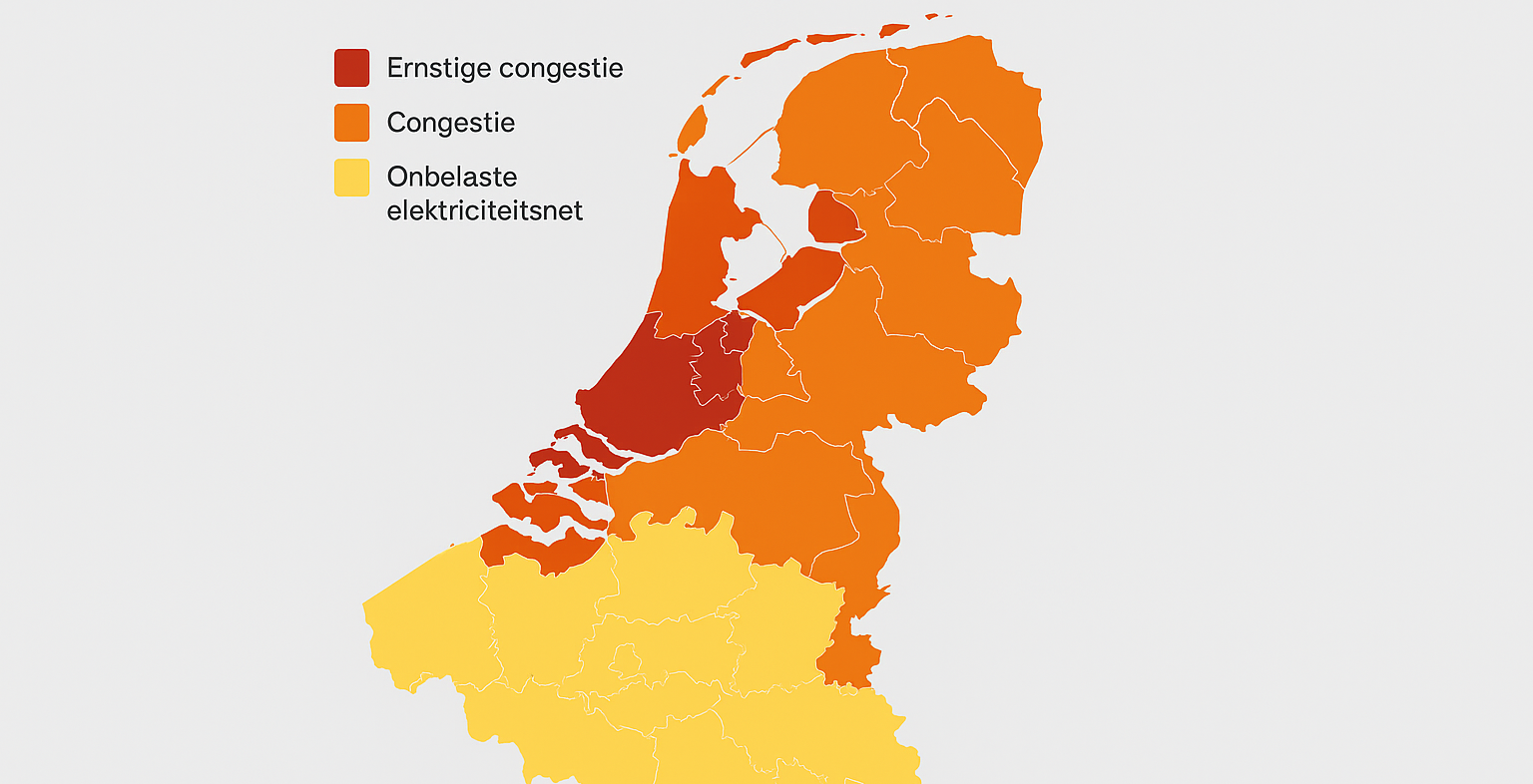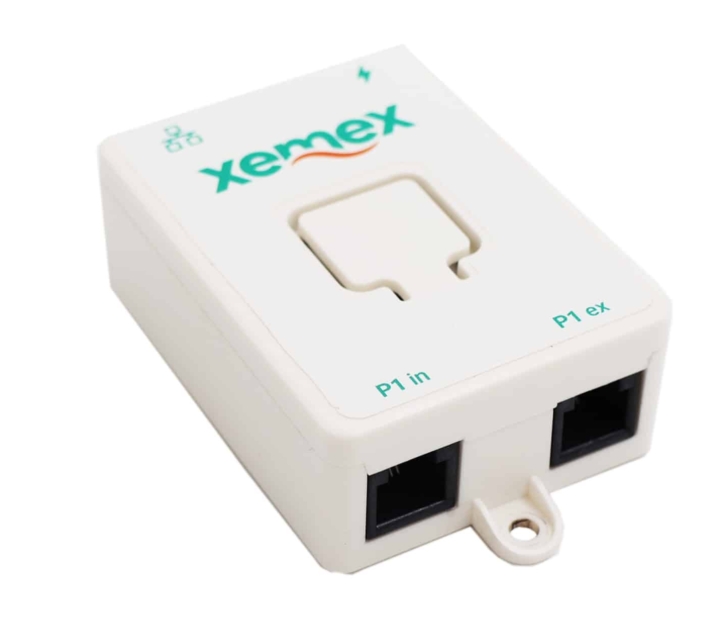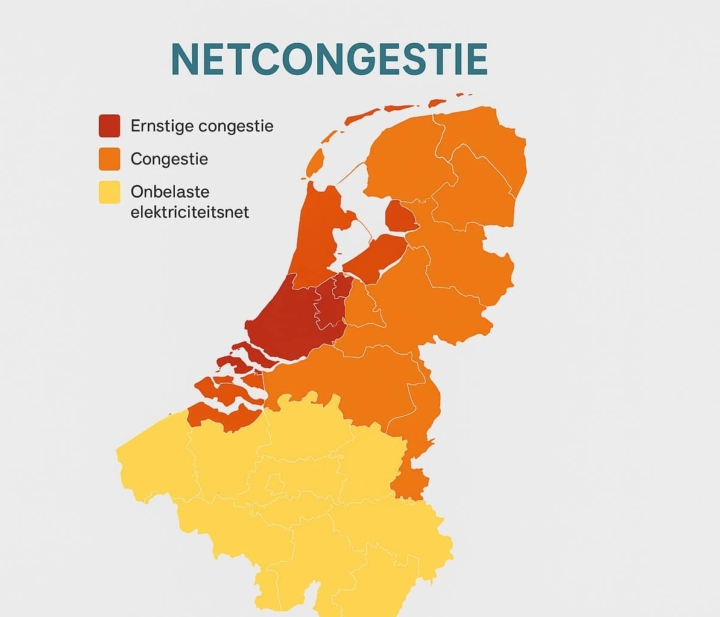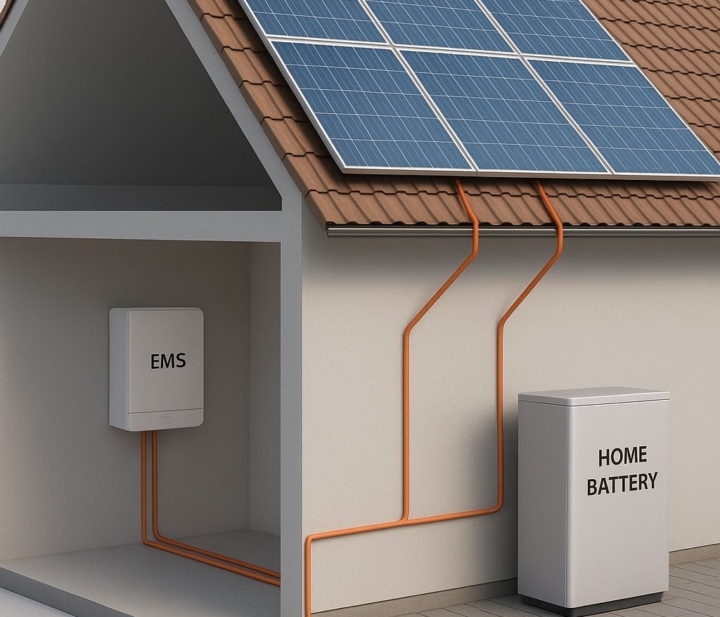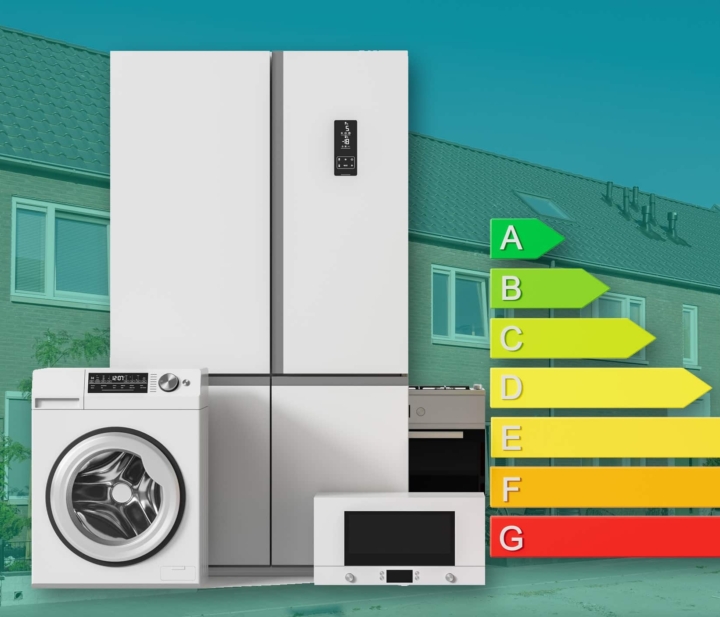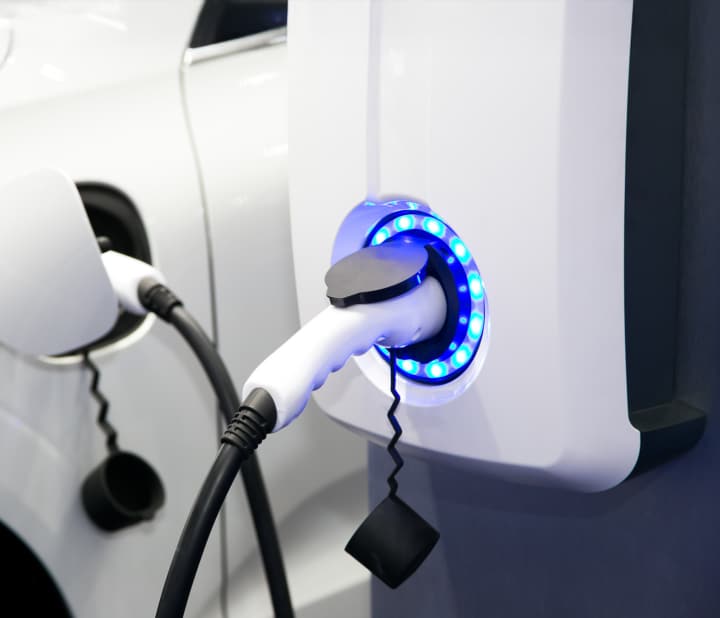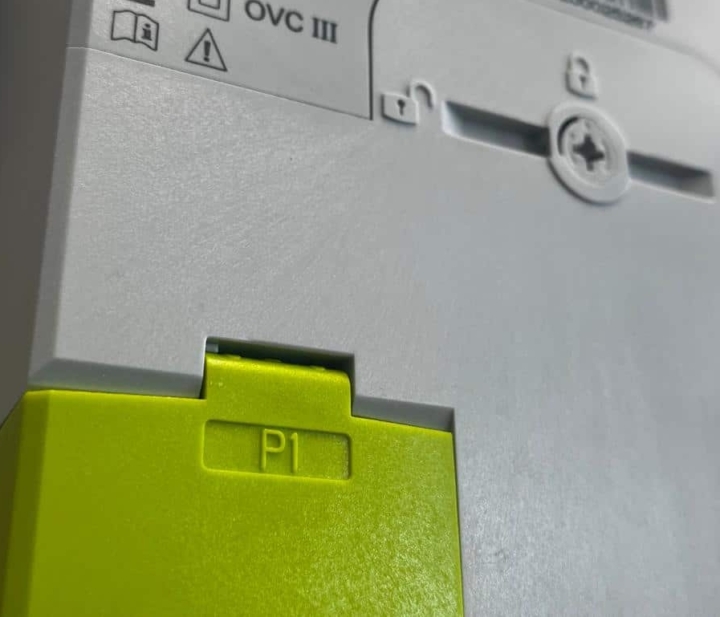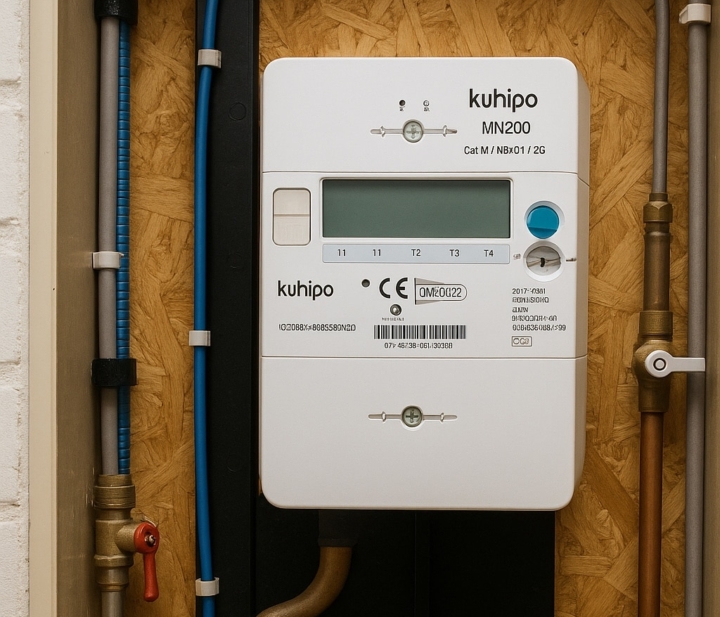Grid Congestion: The Hidden Barrier of the Energy Transition.
In Friesland, a region known for its vast meadows and abundant sunshine, a family is ready to start their day. The solar panels catch the first rays of the sun, the heat pump runs quietly, and the electric car is fully charged at the charging station. Everything seems to be running smoothly—until they discover that their excess energy cannot be fed back into the grid. The electricity network is full. This is a concrete example of grid congestion, a growing problem affecting not only the Netherlands but also Belgium, particularly Flanders. In this in-depth guide, you will discover what grid congestion is, how it affects households and businesses, which solutions are available, and how the situation is evolving in both countries.
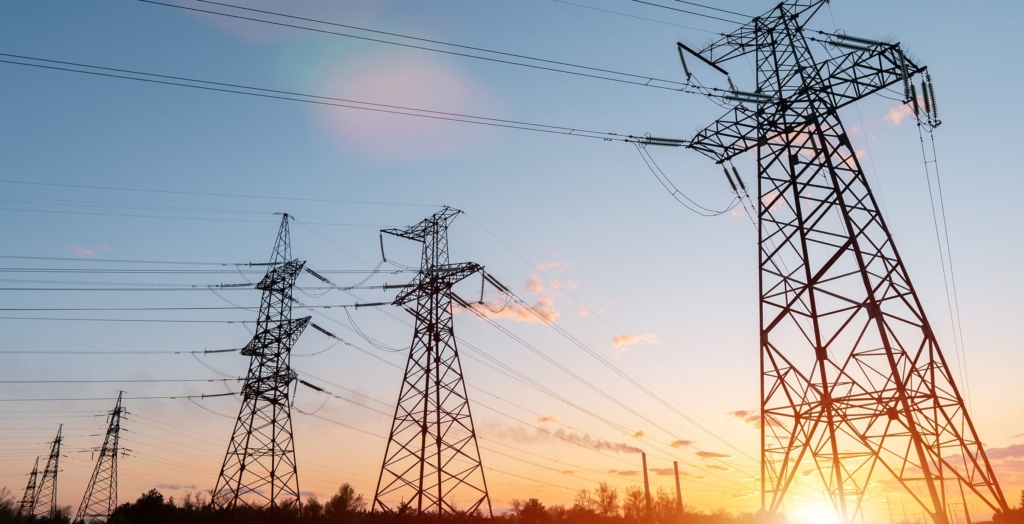
What is Grid Congestion?
Grid congestion occurs when the capacity of the electricity network is temporarily insufficient to handle all generated or consumed electricity. This can happen at different grid levels: low-voltage, medium-voltage, or even high-voltage. In the Netherlands, for example, this problem occurs in Friesland and Groningen, where a lot of solar energy is generated but the grid cannot fully transport it (rvo.nl).
In Belgium, the situation is similar, but the approach differs. Fluvius reports that some transformer stations in Flanders reach their capacity, especially with large industrial connections. David Zenner from Elia explains: “Electric cars, boilers, or heat pumps must be managed flexibly. A smart algorithm determines the best times to charge, so not everyone uses energy at the same moment” (fluvius.be).
Practically, you notice grid congestion when solar panels temporarily cannot feed energy back or when charging stations do not function fully. For businesses, it can mean delays in expanding production or connecting new installations.
Causes of Grid Congestion
The causes of grid congestion lie in a combination of technological, economic, and policy factors. The rapid energy transition places unprecedented pressure on existing grids. Households and businesses are switching massively to electric vehicles, heat pumps, and solar panels. At the same time, many grids were not designed for the peak loads these new applications create.
The concentration of renewable energy projects also plays a role. In a neighborhood with many solar panels, peaks in feed-in can occur, while an industrial park with electric charging points generates peaks in demand. This creates local imbalances, visible on a grid congestion map, showing where the network is heavily loaded.
In the Netherlands, the government emphasizes that the national grid congestion action program was established to relieve capacity problems. The program includes over a hundred measures, ranging from accelerated grid reinforcement to smart technologies and temporary solutions to limit congestion (rijksoverheid.nl).
In Belgium, congestion is partly addressed by collaboration between industrial companies and grid operators. Peaks in consumption can be shifted or locally stored in batteries. Elia stresses: “Today, we have to tell existing and new industrial players that they may need to relocate for the first four or five years. Batteries can always be installed elsewhere”
Impact on Households and Businesses
The effects of grid congestion are tangible. Households notice that excess solar energy cannot be fed back or that feed-in compensation temporarily drops. New electric vehicles may only be fully charged later, limiting household flexibility. For SMEs, congestion often means expansion plans stall, new machines are connected later, and investments in renewable energy become less profitable.
In Belgium, industrial companies face a similar situation. Industrial consumption is rising faster than expected due to electrification and growth in production processes. According to Elia, industrial consumption in 2023 is one and a half times higher than in 2019, and network pressure will continue to increase in the coming years. Zenner adds: “We evaluate annually which options companies have to make their energy use more sustainable, from electrification to hydrogen or carbon capture” (solar365.nl).
Technical Approach to Grid Congestion
Technically, grid congestion occurs when energy supply, including local production like solar panels, exceeds the transport capacity of the network. This can lead to voltage issues, frequency instability, or temporary shutdowns. One solution is dynamic grid management, where an EMS (Energy Management System) automatically controls demand and feed-in to keep the grid balanced.
An EMS can receive signals from grid operators about congestion, optimize energy flows locally, and manage appliances intelligently. For example, when a heat pump, washing machine, and electric car use energy simultaneously, the EMS can prioritize appliances and store excess solar energy in a home battery. This prevents grid peaks and maximizes energy use.
Smart Solutions: EMS, Solar Panels, and Home Battery
Combining an EMS, solar panels, and a home battery provides a direct solution to grid congestion. Solar panels generate renewable energy, but without storage or smart management, this energy can be lost when the grid is full. A home battery stores excess energy for later use. An EMS coordinates this process, manages appliances, and communicates with the grid to avoid peak loads.
In Belgium, companies use the same technology. Electric vehicle charging stations are controlled to charge during off-peak hours, while industrial processes are spread over times of lower grid load. Zenner from Elia explains: “Electric applications must be managed flexibly. Smart boilers produce hot water when it is cost-effective, and the water can be stored. This creates comfort without overloading the grid”.
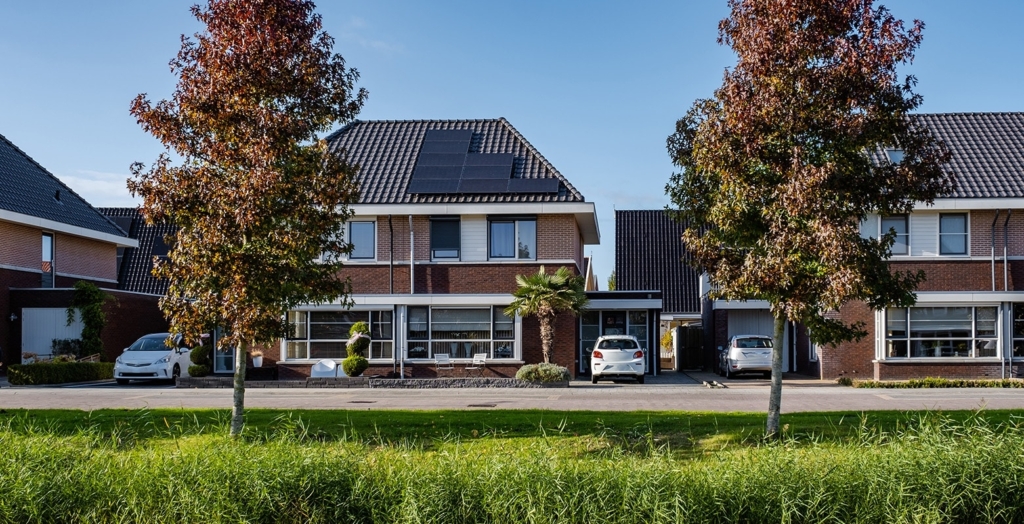
Differences and Similarities Between the Netherlands and Belgium
Both the Netherlands and Belgium face congestion but differ in approach. In the Netherlands, the energy transition sometimes progresses faster in specific locations, leading to acute congestion problems. Belgium sees a slower growth of solar installations, but the impact of decentralized production and industrial electrification is growing.
Regarding policy, the Netherlands has a national action program with over a hundred measures. In Belgium, regional grid operators like Elia and Fluvius create action plans per zone. The common factor is that both households and businesses are encouraged to implement technologies that create flexibility and reduce congestion.
Trends and Future Outlook
Grid congestion is expected to increase in the coming years due to electrification, growth in renewable energy, and decentralized production. Smart software, dynamic pricing signals, and energy storage will be crucial to ensure grid reliability. Both the Netherlands and Belgium are investing heavily in grid reinforcement and flexibility. According to BNR Nieuwsradio, it is essential that grid operators can respond faster to congestion so the network does not become overloaded and the energy transition can continue.
Conclusion
Grid congestion is a reality affecting both the Netherlands and Belgium. It is a challenge, but also an opportunity to manage energy smarter and more sustainably. By combining an Energy Management System (EMS), solar panels, and a home battery, households and businesses can optimize energy use, reduce grid peaks, and prepare for future grid challenges. Xemex provides the technology and expertise to implement these solutions, supporting both households and businesses in managing grid congestion under Dutch and Belgian conditions.
Always ready to start
Wondering what we can do for your organization? Contact Xemex and discuss your needs with our team. Together we will realize a solution that addresses your energy challenges and opens up new possibilities.
Burgemeester Burgerslaan 40
5245 NH 's-Hertogenbosch, The Netherlands
Metropoolstraat 11a
2900 Schoten; Belgium
